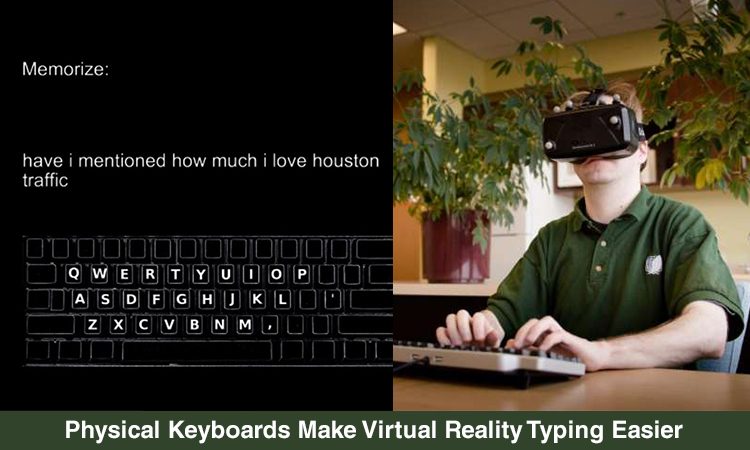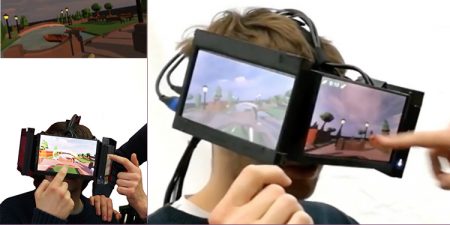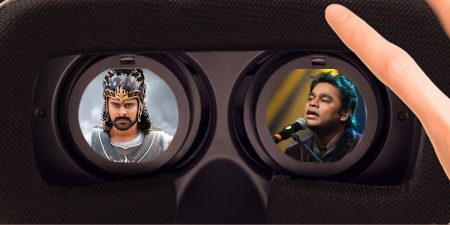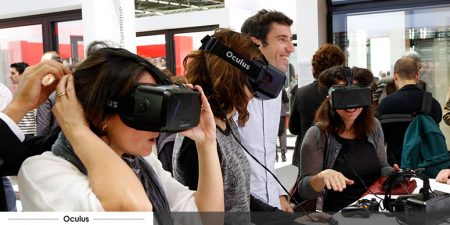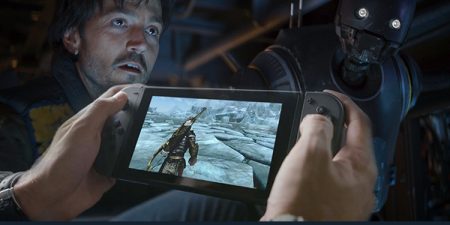Turning out content is an indispensable piece of our computerized lives; however, it’s a field of research that has an astounding absence of accentuation in virtual reality (VR) advancement. “Loads of individuals are purchasing head-mounted showcases, yet it’s for the most part of computer games,” says Scott Kuhl, a partner educator of software engineering at Michigan Tech. “We’re attempting to make sense of how we can utilize a head-mounted show for office work like written work and altering a record or making an impression on somebody.”
James Walker, an instructor in software engineering, drove the exploration as a feature of his paper, working with Kuhl. He says the test originates from the way that individuals need to perceive what they’re writing – somewhat troublesome with an over-eye headset on- – so he built up a light-up virtual console matched up with a physical console. This virtual console lets a VR typist find in the head-mounted show what keys they wrote about the physical console. Other VR writing frameworks depend on either midair virtual consoles or overlaying of genuine video into the VR show. However, both methodologies require additional hardware, for example, following cameras that can be blunder inclined and nosy. Individuals’ messaging execution likewise decreases with just virtual consoles.
“Writing in midair is exceptionally exhausting,” Walker says. “Our answer is essential since it empowers individuals to keep utilizing their physical peripherals, which gives the best execution, and it needn’t bother with any additional equipment or require superimposing a video sustain into the virtual condition.” To evaluate the adequacy of a physical console, Walker directed an investigation in which members written on a console they couldn’t see. In one section, members wore a head-mounted show – for this situation, an Oculus Rift. In the other part, members utilized a desktop screen with their perspective of the console impeded by a cover. In each part, Walker tried members’ execution with and without his virtual keyboard. To begin, an extensive number of individuals detailed their writing ability to be the master or if nothing else capable. Being human, members committed errors – heaps of them- – particularly those without the virtual console illuminating keys. That makes this test a flawless setup for testing VR content equipment, as well as to analyze how auto correct fits in.
“Individuals overlook the repetition in common dialect,” says Keith Vertanen, a right hand teacher of software engineering who helped Walker and Kuhl with a dialect model to right members’ writing. “Our acknowledgment touch screen program, VelociTap, is greatly exactly as it’s been prepared on billions of words.” Still, Vertanen says he and whatever is left of the group were charmingly amazed by how well the auto correct calculation moved from its touch screen causes to foreseeing expected letters on a physical console. What’s more, the group watched that blunder rates declined as individuals kept writing with the VelociTap criticism and the model amended around 66% of the content mistakes.

